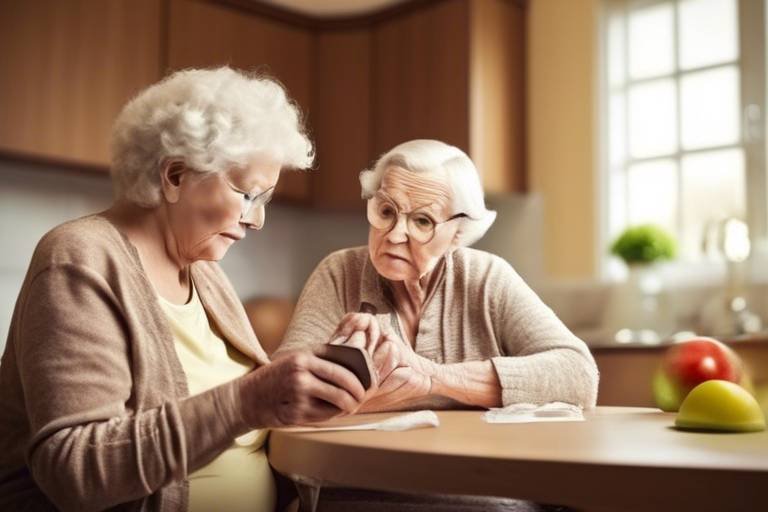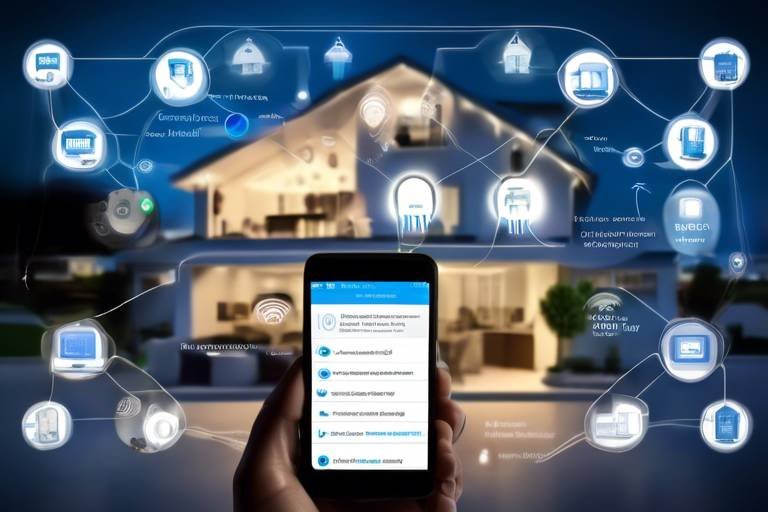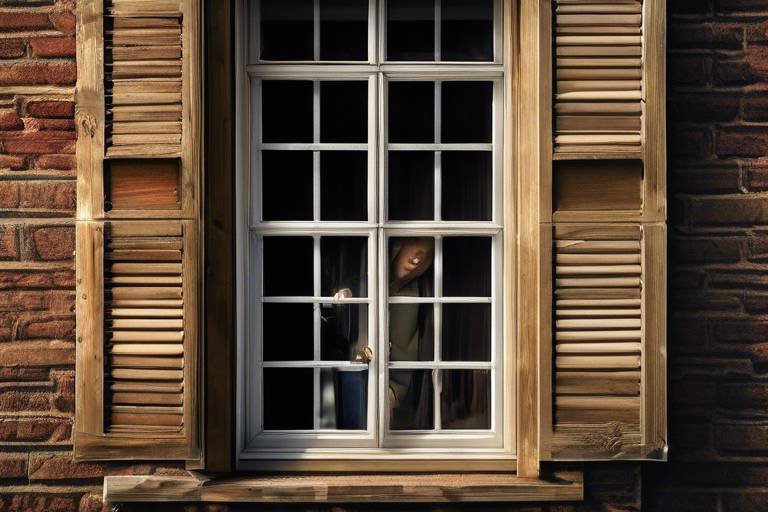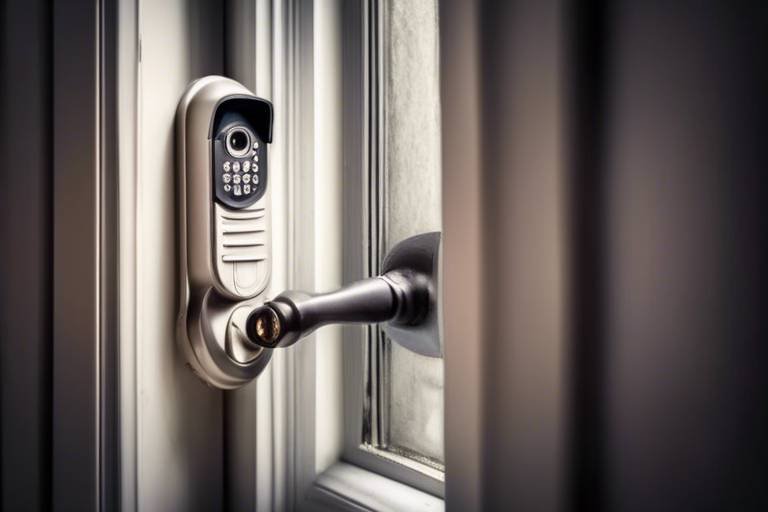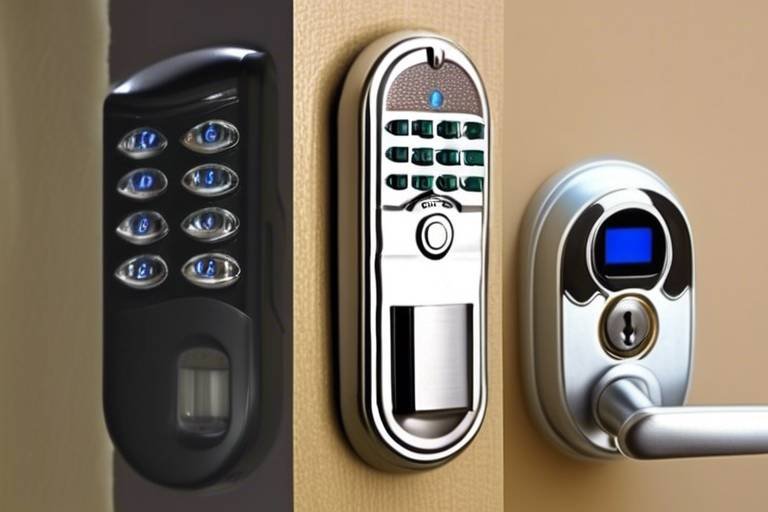Elderly Safety at Home - Facts You Should Know
As our loved ones age, ensuring their safety at home becomes a top priority. It’s essential to recognize that the home environment can present various risks for elderly individuals, and taking proactive measures can significantly enhance their well-being. Did you know that falls are one of the leading causes of injury among seniors? This statistic alone highlights the importance of understanding common hazards and implementing effective preventive strategies. In this article, we will explore the various risks that seniors face at home, practical modifications to enhance safety, and community resources that can provide additional support.
Identifying common hazards in the home is the first step in creating a safer environment for elderly individuals. Many homes contain hidden dangers that can lead to accidents. For instance, cluttered walkways, loose rugs, and inadequate lighting can pose serious risks. It's crucial to conduct a thorough assessment of living spaces, looking for:
- Loose electrical cords that can be tripped over
- Slippery surfaces, particularly in kitchens and bathrooms
- Inaccessible or poorly lit staircases
- Heavy furniture that could tip over
By recognizing these hazards, caregivers and family members can take steps to mitigate risks and ensure a safer living environment for their elderly loved ones.
Falls are not just a minor inconvenience; they can lead to severe injuries and even loss of independence for seniors. Thankfully, there are effective strategies to prevent falls, focusing on both home modifications and assistive devices that promote stability and mobility.
Simple modifications can make a world of difference when it comes to safety. For example, installing grab bars in bathrooms and hallways can provide much-needed support. Improving lighting throughout the home can help seniors navigate their spaces more safely. Additionally, removing tripping hazards, such as loose rugs or clutter, is essential for creating a safer environment. Let’s take a closer look at some practical changes:
| Modification | Benefit |
|---|---|
| Install Grab Bars | Provides support when moving in and out of the shower or toilet |
| Improve Lighting | Enhances visibility, reducing the risk of accidents in dim areas |
| Remove Tripping Hazards | Minimizes the chance of falls by clearing pathways |
The bathroom can be particularly hazardous for seniors, with wet surfaces and confined spaces contributing to the risk of falls. To minimize these risks, consider implementing safety enhancements such as:
- Non-slip mats to prevent slipping on wet floors
- Shower chairs to provide stability while bathing
- Raised toilet seats for easier access
These adjustments can significantly improve safety and comfort in one of the most frequently used areas of the home.
Making the living room safer is equally crucial for elderly comfort. Rearranging furniture to create clear pathways can help seniors navigate the space without obstacles. Additionally, ensuring adequate lighting can prevent accidents caused by unseen hazards. Think of the living room as a cozy haven; it should be welcoming and, most importantly, safe.
Assistive devices are invaluable tools that enhance safety and independence for seniors. From walkers and canes to alert systems, these devices play a vital role in promoting mobility and providing peace of mind. For instance, a medical alert system can quickly connect seniors with emergency services, ensuring they receive help when they need it most. Imagine the confidence a senior feels knowing they have a reliable way to call for assistance at any moment.
Being prepared for emergencies is essential for elderly safety. An effective emergency plan can save lives and reduce panic during unforeseen situations. This involves creating a comprehensive plan that includes essential contact information, evacuation routes, and emergency services. Regularly reviewing and updating this plan ensures that everyone is aware of their roles and responsibilities in case of an emergency.
Developing a comprehensive emergency plan involves several steps:
- Identify key contacts, including family members and neighbors
- Establish evacuation routes and safe meeting points
- Keep a list of emergency services and contacts readily accessible
By taking these steps, seniors can feel more secure and prepared for any situation that may arise.
Establishing a reliable emergency contact system is crucial for seniors. Options like medical alert systems and community resources can provide immediate assistance when needed. These systems offer peace of mind, knowing that help is just a button press away. In a world where every second counts, having a reliable support network is invaluable.
Utilizing community resources can greatly enhance safety for elderly individuals. Many local services offer support groups, health programs, and home safety assessments that can significantly improve the living conditions for seniors. These resources not only provide practical assistance but also foster a sense of community and belonging.
Support groups offer valuable resources and companionship for seniors. Joining local groups that focus on safety, health, and social interaction can enhance overall well-being. These groups create a network of support, allowing seniors to share experiences, learn from one another, and build lasting friendships.
Professional home safety assessments can identify potential hazards that may not be immediately visible. These evaluations are essential for maintaining ongoing safety for elderly residents. Regular assessments ensure that homes remain a safe haven, adapting to the changing needs of seniors over time.
Q: What are the most common hazards in a senior's home?
A: Common hazards include slippery floors, cluttered walkways, inadequate lighting, and loose rugs. Regular assessments can help identify and mitigate these risks.
Q: How can I help prevent falls in my elderly loved one?
A: Implement home modifications such as installing grab bars, improving lighting, and removing tripping hazards. Assistive devices like walkers and canes can also enhance mobility.
Q: What should be included in an emergency plan for seniors?
A: An emergency plan should include key contact information, evacuation routes, a list of emergency services, and a communication strategy to keep everyone informed.
Q: Where can I find community resources for elderly safety?
A: Local community centers, senior centers, and health organizations often provide resources, support groups, and home safety assessments for seniors.
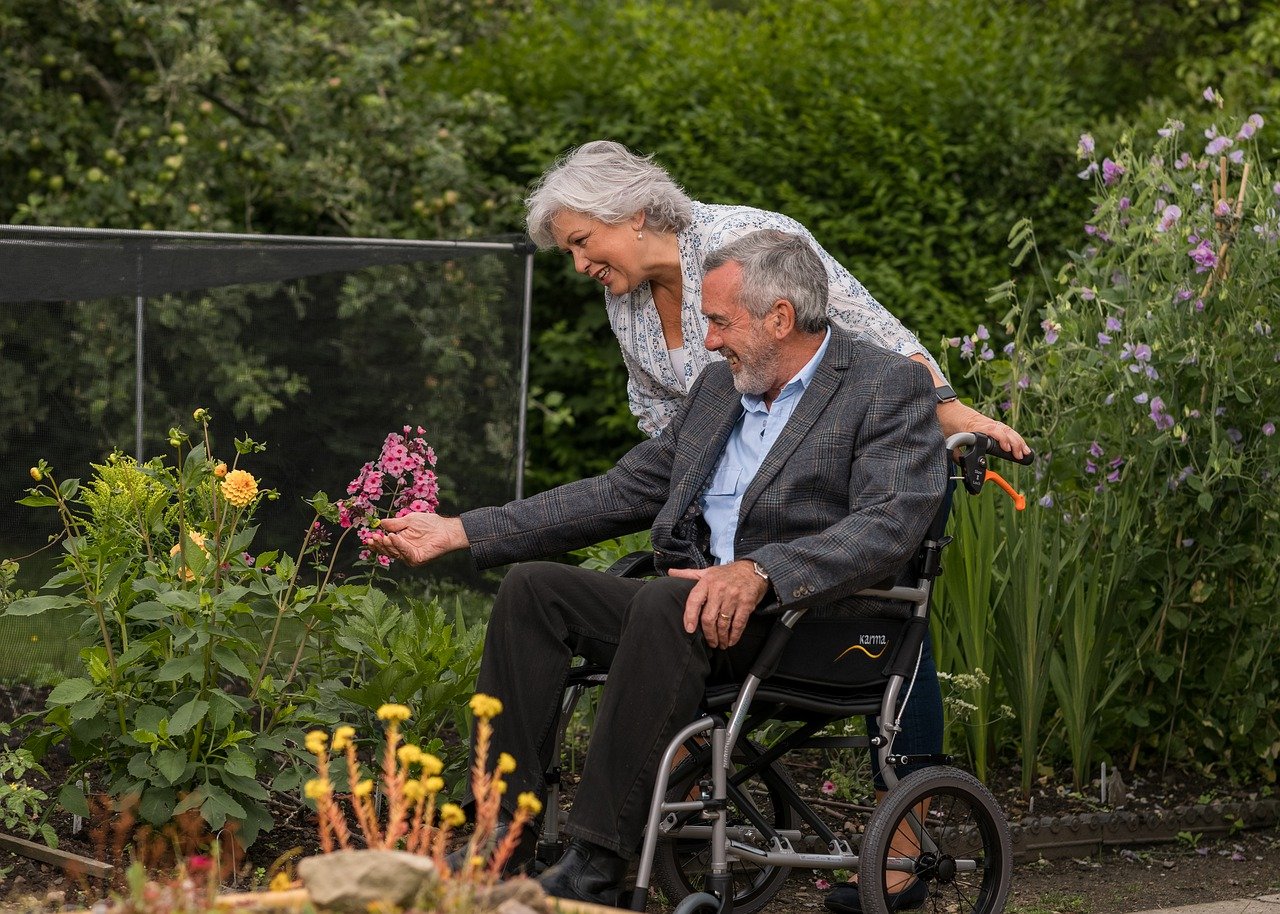
Understanding Common Risks
When it comes to ensuring the safety of our elderly loved ones at home, it's crucial to first understand the common risks they face. The home, while often seen as a sanctuary, can also harbor hidden dangers that may not be immediately apparent. For instance, did you know that over 30% of seniors experience a fall each year? This staggering statistic underscores the importance of recognizing potential hazards in various living spaces.
Common risks include:
- Slips and Falls: These are the most prevalent accidents among seniors, often occurring in the bathroom or kitchen where surfaces can be wet or cluttered.
- Fire Hazards: With the use of candles, cooking appliances, and heating devices, the risk of fire can increase significantly.
- Medication Mismanagement: Confusion over medications can lead to dangerous overdoses or missed doses, particularly if prescriptions are not organized properly.
- Isolation: Emotional and physical isolation can lead to mental health issues, which can further increase the risk of accidents due to lack of support.
To effectively address these risks, it's essential to conduct a thorough assessment of the home environment. This means looking for tripping hazards like loose rugs or electrical cords, ensuring that lighting is adequate, and checking that smoke detectors are functioning properly. A well-lit home can significantly reduce the risk of falls, as shadows can obscure obstacles that might not be apparent in dim lighting.
Moreover, it’s important to consider the layout of furniture. Is there enough space for a walker or wheelchair to navigate easily? Are pathways clear of clutter? These small details can make a world of difference in preventing accidents. By being proactive and recognizing these common risks, we can take significant steps toward creating a safer living environment for our elderly family members.
In summary, understanding the common risks that elderly individuals face at home is the first step in preventing accidents and ensuring their safety. By identifying hazards and making necessary adjustments, we can help our seniors live more securely and comfortably in their own homes.

Fall Prevention Strategies
Falls are not just a minor inconvenience for the elderly; they can lead to serious injuries and complications that significantly affect their quality of life. To combat this alarming trend, it’s crucial to implement effective tailored to the unique needs of seniors. By taking proactive measures, we can create a safer living environment that minimizes the risk of falls and promotes independence.
One of the most effective ways to prevent falls at home is through home modifications. Simple changes can make a world of difference. For instance, installing grab bars in places like bathrooms and hallways can provide much-needed support when moving around. Additionally, improving lighting throughout the home can help seniors see potential hazards more clearly. Consider using brighter bulbs or adding night lights in darker areas. Removing tripping hazards, such as loose rugs or clutter, is another essential step in fall prevention.
When it comes to home modifications, the bathroom is often the most hazardous room for seniors. To enhance safety, consider implementing the following enhancements:
- Non-slip mats: Place them in the shower and near the sink to prevent slipping.
- Shower chairs: These can provide a safe place to sit while bathing, reducing the risk of falls.
- Raised toilet seats: They make it easier for seniors to sit and stand, minimizing strain and potential falls.
But don’t stop there; the living room also deserves attention. Rearranging furniture to create clear pathways can help seniors navigate their space more easily. Ensure that there’s adequate lighting, especially in corners and near stairs. Consider using lamps with easy-to-reach switches or motion-sensor lights that turn on automatically when someone enters the room.
In addition to home modifications, assistive devices can play a vital role in enhancing safety for seniors. Devices like walkers and canes provide crucial support while moving around the home. These tools help maintain balance and stability, allowing seniors to move with confidence. Moreover, medical alert systems can offer peace of mind, allowing seniors to call for help with the push of a button in case of an emergency.
Ultimately, the goal is to create a home environment that is not only safe but also promotes independence and confidence. By combining home modifications with the appropriate assistive devices, we can significantly reduce the risk of falls and improve the overall well-being of elderly individuals.
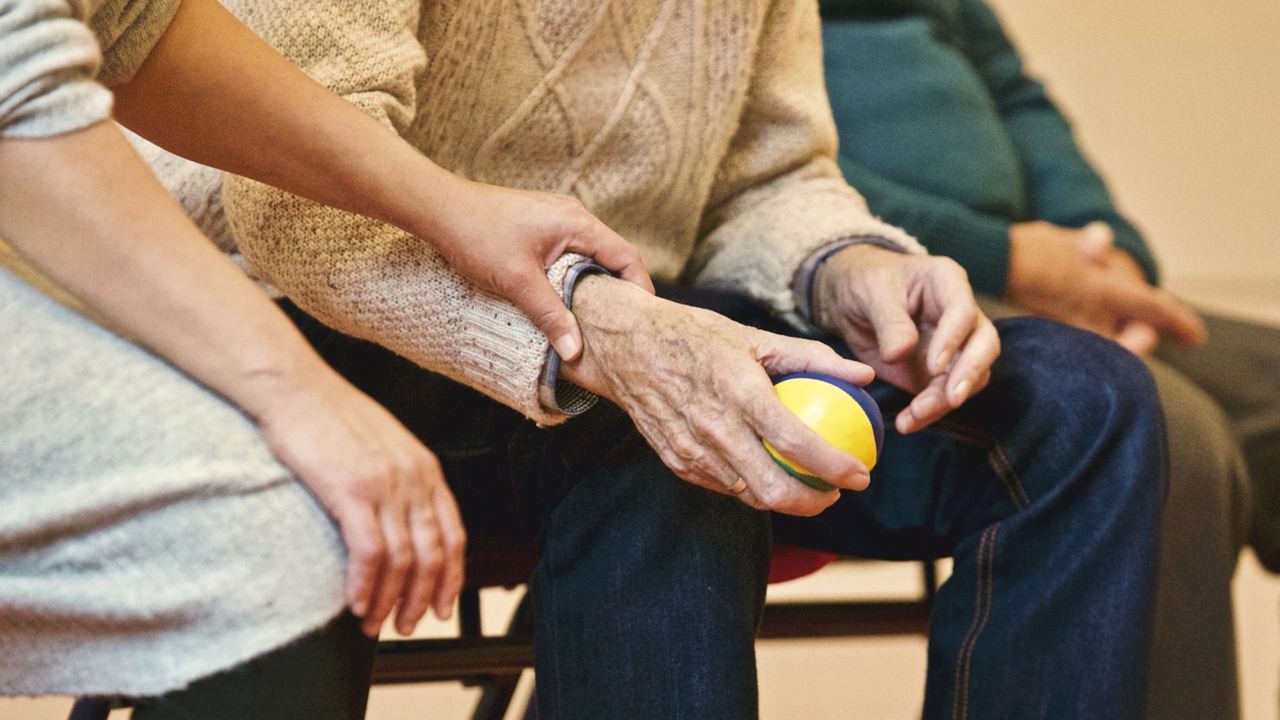
Home Modifications
Creating a safe haven for elderly individuals often begins with simple yet **effective home modifications**. These changes can drastically reduce the risk of accidents and promote a sense of independence. Imagine walking through a home that is not only comfortable but also tailored to meet the safety needs of its residents. This is achievable through thoughtful adjustments that consider the unique challenges faced by seniors.
One of the first things to consider is the installation of grab bars. These sturdy supports can be installed in various locations, such as bathrooms and hallways, providing essential stability when moving around. For instance, placing grab bars near the shower or bathtub can help prevent slips and falls, which are unfortunately common in these areas. Additionally, ensuring that these bars are securely anchored can make a world of difference in terms of confidence and safety.
Another crucial modification is to improve lighting throughout the home. Poor lighting can lead to missteps and accidents, especially during nighttime. By replacing dim bulbs with brighter, energy-efficient options and adding night lights in key areas like hallways and bathrooms, you can significantly enhance visibility. It’s like turning on the spotlight in a dark room—suddenly, everything is clearer and safer.
Moreover, removing tripping hazards is essential for creating a secure environment. This includes securing loose rugs, removing clutter from walkways, and ensuring that electrical cords are neatly tucked away. It's akin to clearing a path through a dense forest; once the obstacles are removed, navigating becomes much easier and safer. When seniors can move about their homes without fear of tripping, it allows them to maintain their independence and enjoy their living space.
To further illustrate these modifications, let's take a look at the following table that outlines some key home modifications and their benefits:
| Modification | Benefit |
|---|---|
| Grab Bars | Provides support and stability in slippery areas |
| Improved Lighting | Enhances visibility and reduces the risk of falls |
| Removing Tripping Hazards | Creates a clear path for safe navigation |
| Non-Slip Flooring | Reduces the risk of slipping, especially in wet areas |
Finally, consider the importance of non-slip flooring in areas prone to moisture, such as kitchens and bathrooms. This type of flooring can significantly decrease the likelihood of falls, offering peace of mind for both seniors and their caregivers. It’s like putting on a pair of shoes with a strong grip; it allows for confident movement without the fear of slipping.
In conclusion, making these home modifications can transform a regular living space into a **safe and secure environment** for elderly individuals. By focusing on stability, visibility, and a clutter-free layout, we can help our loved ones maintain their independence while ensuring their safety at home.
Q: What are some simple modifications I can make at home for elderly safety?
A: Simple modifications include installing grab bars, improving lighting, removing tripping hazards, and using non-slip flooring.
Q: How can I ensure my elderly loved one feels comfortable in their modified home?
A: Involve them in the modification process, ensuring that the changes meet their needs and preferences. Comfort is key to feeling safe.
Q: Are there professional services that can assist with home safety assessments?
A: Yes, many organizations offer home safety assessments to identify potential hazards and recommend appropriate modifications.

Bathroom Safety Enhancements
The bathroom, often considered a sanctuary for relaxation and self-care, can also be a danger zone for the elderly. With its slippery surfaces and hard edges, it's crucial to make this space as safe as possible. Imagine stepping into a warm shower only to slip on a wet floor—it's a nightmare scenario that can lead to serious injuries. To prevent such accidents, several enhancements can be made that provide peace of mind and promote safety.
One of the most effective ways to enhance bathroom safety is by installing non-slip mats. These mats can be placed both inside and outside the shower or bathtub to provide traction and prevent slips. Additionally, consider using grab bars near the toilet and in the shower. These sturdy bars offer support when getting in and out of the bath, making it easier for seniors to maintain their balance. It's like having a helping hand right there when you need it the most!
Another valuable enhancement is the use of shower chairs. These chairs allow seniors to sit while showering, reducing the risk of falling. For those who have difficulty standing for long periods, a shower chair can be a game changer. Furthermore, installing a raised toilet seat can make a significant difference. It reduces the distance seniors need to lower themselves, alleviating strain on their knees and joints.
Lighting is another critical factor in bathroom safety. Poor lighting can lead to missteps and falls, so ensuring the bathroom is well-lit is essential. Consider using motion-sensor lights that automatically turn on when someone enters the bathroom. This small change can make a big difference, especially during nighttime trips to the bathroom.
In addition to these enhancements, it’s important to regularly check for any potential hazards in the bathroom. Ensure that all items are within easy reach to avoid unnecessary stretching or bending. For example, keep towels, toiletries, and other essentials close to the shower or sink. This way, seniors can easily access what they need without risking a fall.
To summarize, enhancing bathroom safety for elderly individuals involves a combination of practical modifications and thoughtful design. By implementing non-slip mats, grab bars, shower chairs, raised toilet seats, and proper lighting, you can transform the bathroom into a much safer environment. Remember, a little effort goes a long way in ensuring the comfort and safety of our loved ones.

Living Room Adjustments
When it comes to ensuring the safety of elderly individuals at home, the living room is often overlooked, yet it plays a pivotal role in their daily comfort and interaction. This space should be more than just a cozy area to watch TV; it should be a sanctuary where seniors can move freely without the looming threat of accidents. Imagine the living room as a stage where every piece of furniture and decoration must contribute to a safe performance rather than a potential hazard.
First and foremost, rearranging furniture can create a more open and navigable environment. By removing unnecessary items or bulky furniture, you can create clear pathways that allow for easy movement. Picture this: a wide, unobstructed path from the couch to the kitchen can make all the difference in preventing trips and falls. It’s like creating a dance floor where every step is a confident one!
Another crucial aspect is ensuring that the lighting is bright and evenly distributed. Poor lighting can hide obstacles and make it difficult for seniors to see where they are walking. Consider installing motion-activated lights or using brighter bulbs to illuminate dark corners. Imagine walking into a room that feels welcoming and safe, where every corner is bathed in light, reducing the chances of accidents significantly.
Additionally, think about the use of non-slip rugs or even removing rugs altogether. While rugs can add charm to a living room, they can also become tripping hazards. If you choose to keep them, make sure they have a non-slip backing or are secured with double-sided tape. This simple adjustment can transform a quaint living room into a safe haven.
Furthermore, consider the furniture height. Sofas and chairs should be at a height that makes it easy for seniors to sit down and stand up without straining. A chair that’s too low can be a struggle to get out of, while one that’s too high can be equally challenging. The goal is to create a comfortable seating arrangement that encourages relaxation without the risk of injury.
Lastly, make sure to keep essential items within easy reach. This might include remote controls, books, or even a glass of water. If these items are stored too high or too low, seniors may be tempted to stretch or climb, increasing their risk of falls. Think of it as setting up a well-organized command center where everything is at their fingertips, promoting independence while ensuring safety.
In conclusion, making these thoughtful adjustments to the living room can significantly enhance the safety and comfort of elderly residents. Just like a well-rehearsed play, every element in the living room should work together harmoniously to create a safe and enjoyable environment. By taking these steps, you’re not just making a living room safer; you’re enhancing the quality of life for seniors, allowing them to enjoy their space without fear.
- What are some common hazards in the living room for seniors? Common hazards include clutter, poor lighting, and furniture arrangements that create tripping risks.
- How can I improve lighting in the living room? Consider using brighter bulbs, adding lamps in dark corners, and installing motion-activated lights.
- Are there specific types of furniture that are safer for seniors? Look for furniture that is the right height for sitting and standing, and avoid items with sharp edges.
- What should I do if my elderly loved one has difficulty moving around the living room? Evaluate the layout and consider removing obstacles, adding grab bars, or using assistive devices to promote mobility.

Assistive Devices
When it comes to ensuring the safety and independence of elderly individuals at home, play a crucial role. These tools are designed to enhance mobility, stability, and overall quality of life for seniors. Imagine walking through your home with confidence, knowing that there are supports in place to help you navigate safely. Whether it’s a simple cane or a high-tech alert system, these devices can make a world of difference.
One of the most common assistive devices is the walker. Walkers provide excellent support and stability, allowing seniors to move around their homes with greater ease. They come in various styles, including standard walkers, wheeled walkers, and even rollators that have built-in seats. This flexibility means that seniors can choose the type that best suits their needs. For instance, a rollator might be perfect for someone who enjoys taking short breaks during their walks.
Another essential device is the canes. Canes are lightweight and portable, making them ideal for those who need just a little extra support. They can help distribute weight evenly and improve balance, which is particularly important for seniors who may be at risk of falls. Additionally, many canes come with features like ergonomic grips and adjustable heights, ensuring comfort and adaptability.
In addition to mobility aids, emergency alert systems are vital for enhancing safety. These systems allow seniors to summon help at the push of a button, providing peace of mind for both the individual and their loved ones. Many modern systems come with features such as fall detection and GPS tracking, which can be lifesaving in emergencies. Imagine a scenario where a senior falls and cannot reach a phone; having an alert system can mean the difference between timely help and prolonged distress.
Moreover, there are also home monitoring systems that can track daily activities and alert caregivers if something seems off. For example, if a senior typically rises at a certain time but doesn’t get up, the system can notify a family member or caregiver, allowing them to check in. This proactive approach can prevent emergencies before they escalate.
Lastly, it’s essential to remember that while assistive devices can significantly enhance safety, they must be used correctly. Seniors should receive guidance on how to use these devices effectively, ensuring they get the full benefits while minimizing any risks. Regular check-ins with healthcare providers can help ensure that the devices remain appropriate as the individual’s needs change.
In conclusion, assistive devices are not just tools; they are lifelines that promote independence and safety for elderly individuals. By integrating these devices into their daily lives, seniors can maintain their autonomy while reducing the risk of accidents at home. So, if you or a loved one is considering these options, take the time to explore what’s available and find the best fit for your needs.
- What types of assistive devices are available for seniors? There are various types, including walkers, canes, emergency alert systems, and home monitoring systems, each designed to address specific needs.
- How can I determine which assistive device is right for me? It's best to consult with a healthcare professional who can assess your individual needs and recommend appropriate devices.
- Are assistive devices covered by insurance? Many insurance plans cover some assistive devices, but coverage can vary, so it's important to check with your provider.
- How often should I reassess my need for assistive devices? Regular check-ins, at least once a year or after any significant health changes, can help ensure that your devices are still suitable for your needs.
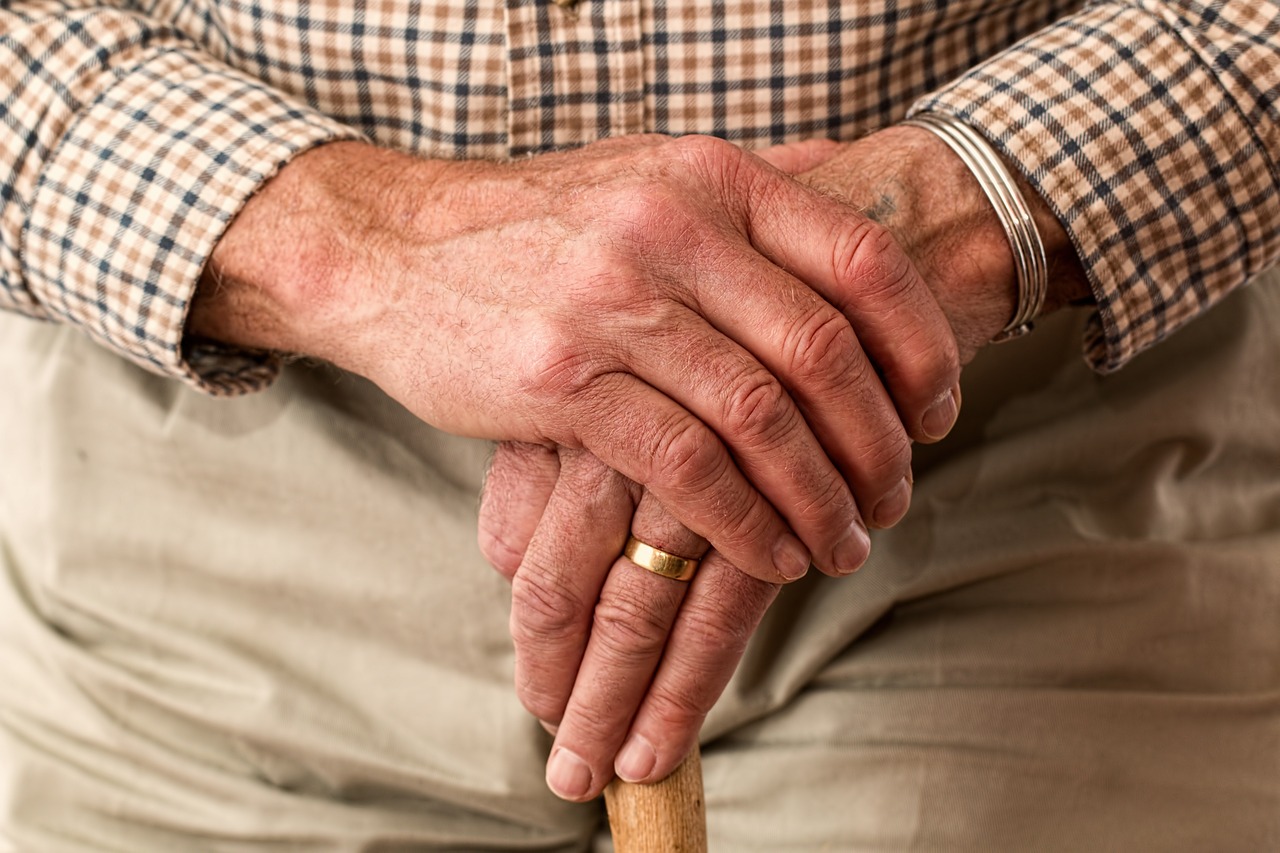
Emergency Preparedness
Being prepared for emergencies is not just a precaution; it’s a necessity, especially for our beloved elderly family members. Imagine the peace of mind that comes with knowing your loved one is ready for any situation that might arise. Whether it’s a medical emergency, a natural disaster, or even a simple power outage, having a solid emergency plan can make all the difference. So, how do we create an effective emergency plan that ensures their safety? Let’s dive into the essentials.
First and foremost, it’s crucial to develop a comprehensive emergency plan that includes all the necessary details. Think of it as a roadmap for safety. This plan should cover vital information such as emergency contact numbers, evacuation routes, and the location of emergency supplies. It’s like having a safety net that catches you when you fall. To make this process easier, consider the following components:
| Component | Description |
|---|---|
| Emergency Contacts | List of family members, friends, and local emergency services. |
| Evacuation Routes | Clearly marked paths for exiting the home safely. |
| Emergency Supplies | Stock of essential items like water, food, medications, and first aid kits. |
Once you have this plan in place, it’s important to communicate it effectively. Make sure that the elderly individual understands the plan and knows how to execute it. This could involve walking them through the steps, practicing evacuation routes, or even rehearsing how to use emergency contact systems. Just like learning to ride a bike, practice makes perfect!
Speaking of emergency contact systems, establishing a reliable system is paramount. These systems can range from simple phone trees to advanced medical alert devices. For instance, medical alert systems are a fantastic option for seniors living alone. These devices allow them to call for help at the push of a button, providing an added layer of security. Imagine a scenario where a senior falls and can’t reach their phone—having a medical alert system means they can still get the help they need quickly.
Moreover, it’s beneficial to familiarize your loved one with local emergency services. Knowing the closest hospital, fire department, or police station can save precious minutes in a crisis. Encourage them to keep this information handy, perhaps on a magnet on the fridge or in a dedicated emergency folder. It’s like having a map to safety right at their fingertips.
In addition to these strategies, consider involving community resources. Many local organizations offer support and resources for seniors, including emergency preparedness workshops. These workshops can provide valuable information on how to handle various emergencies, ensuring that seniors are not just passive recipients of care but active participants in their safety.
Overall, emergency preparedness is about creating a culture of safety that empowers elderly individuals. By taking the time to develop a plan, communicate it, and utilize available resources, we can significantly enhance their safety and well-being. Remember, a little preparation today can prevent a lot of panic tomorrow!
- What should be included in an emergency kit for seniors?
An emergency kit for seniors should include essential items like water, non-perishable food, medications, a flashlight, batteries, a first aid kit, and important documents.
- How can I help my elderly loved one prepare for emergencies?
You can help by creating an emergency plan together, practicing evacuation routes, and ensuring they have access to emergency contact systems.
- Are there community resources available for emergency preparedness?
Yes, many communities offer workshops and resources specifically designed to help seniors prepare for emergencies. Check with local senior centers or community organizations for more information.
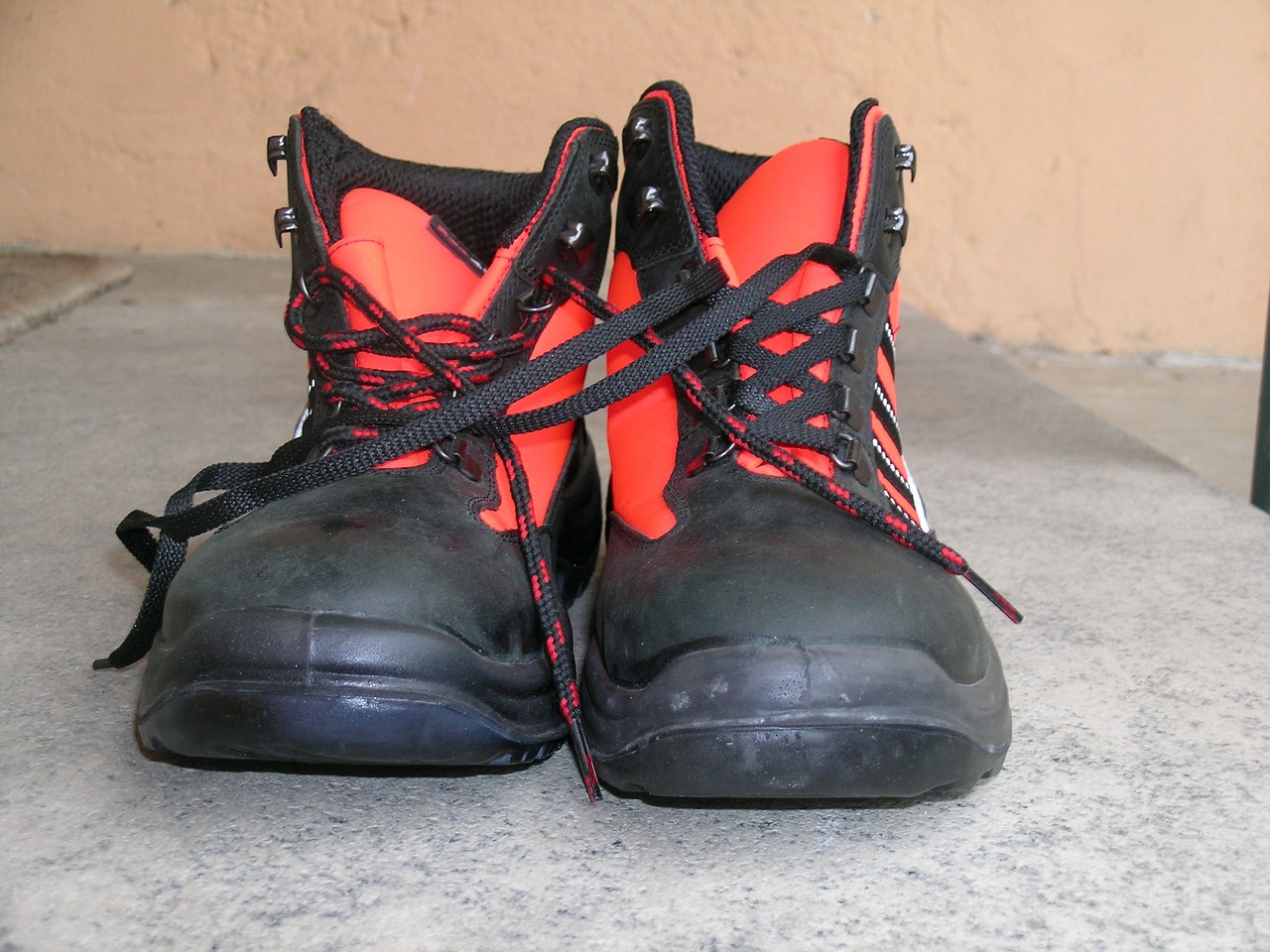
Creating an Emergency Plan
Creating an effective emergency plan is not just a precaution; it’s a vital step in ensuring the safety of elderly individuals at home. Think of it as your safety net—when the unexpected happens, having a plan can make all the difference. First, it’s essential to gather all necessary information in one easily accessible place. This includes important contact numbers, such as family members, neighbors, and local emergency services. You might also want to consider including medical information, like allergies and medications, which can be crucial during emergencies.
Next, you should outline clear evacuation routes from each room in the house. Visual aids can be incredibly helpful here. You could even create a simple map that highlights the quickest exits. In addition, ensure that all paths are clear of obstacles, and that everyone knows how to navigate them. Just imagine trying to find your way out in a panic—having a clear plan can help avoid confusion and keep everyone calm.
Communication is key in any emergency. Establish a system for checking in with loved ones. Perhaps you could designate a specific time each day for a quick phone call or text. This way, if something goes wrong, you’ll know who to contact and how to reach them. It’s also wise to teach seniors how to use their phones effectively, including how to dial emergency services. If technology feels overwhelming, consider using simple devices that have emergency buttons, ensuring help is just a press away.
Lastly, don’t forget to include an emergency kit in your plan. This kit should contain essential items like:
- First-aid supplies
- Flashlights with extra batteries
- Non-perishable food and water
- A battery-operated radio
Having these items ready can provide peace of mind and ensure that seniors are prepared for various situations, from natural disasters to medical emergencies. Remember, the goal of any emergency plan is to empower elderly individuals to act confidently and safely when faced with unexpected challenges. Regularly review and practice the plan with them, so it becomes second nature. After all, safety is not just about having a plan; it's about being prepared to act when it matters most!
Q: What should be included in an emergency plan for seniors?
A: An effective emergency plan should include contact information, evacuation routes, a communication strategy, and an emergency kit with essential items.
Q: How often should I review the emergency plan?
A: It’s recommended to review the emergency plan at least once a year or whenever there are significant changes in living conditions or health status.
Q: What are some good communication strategies for seniors?
A: Establish regular check-in times, teach them how to use their phones for emergencies, and consider medical alert systems for immediate assistance.
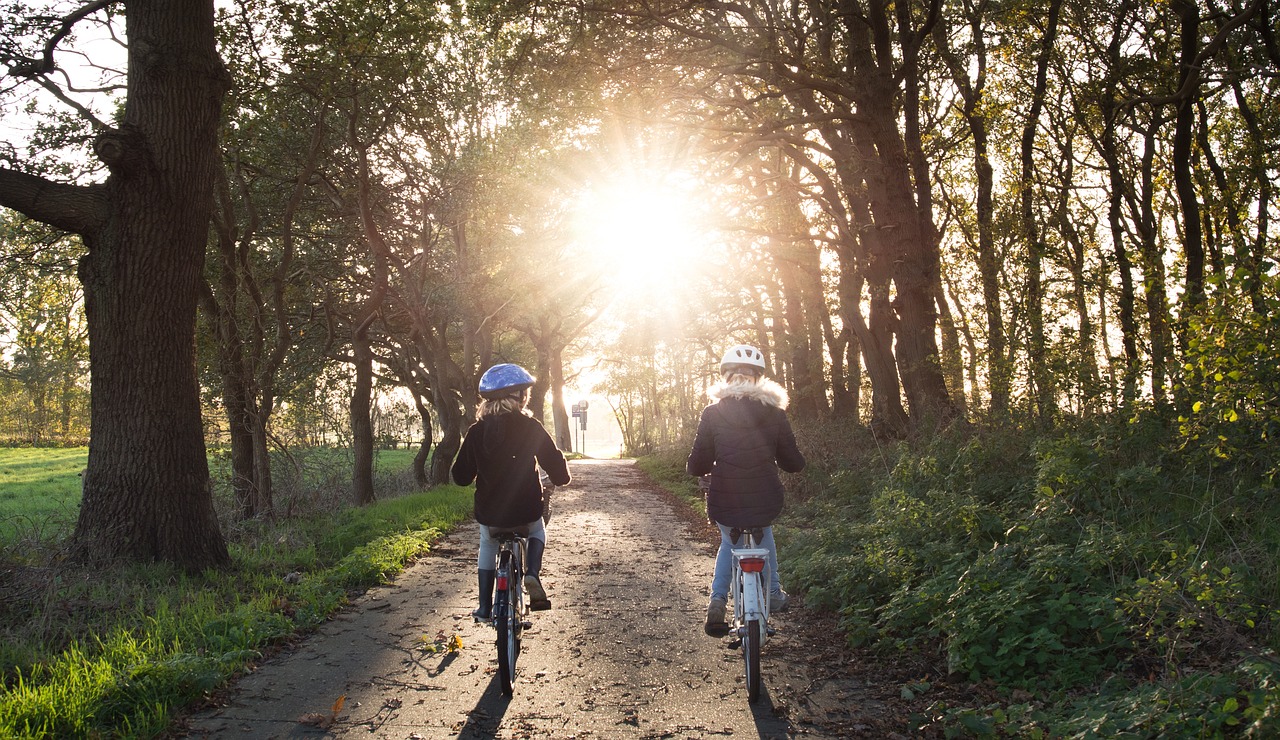
Emergency Contact Systems
Establishing a reliable emergency contact system is crucial for seniors, as it can mean the difference between life and death in critical situations. Imagine a scenario where a loved one falls and is unable to reach a phone. Without a solid emergency contact plan in place, the outcome could be dire. Therefore, it's essential to have a network of contacts who can be alerted quickly and efficiently in case of an emergency.
One effective way to enhance safety is through the use of medical alert systems. These devices allow seniors to call for help at the push of a button. Many of these systems come with features like fall detection, which automatically alerts emergency services if a fall is detected. This means that even if the individual is unable to press the button, help can still be on the way. Furthermore, these systems often come with built-in GPS, allowing responders to find the senior's exact location.
In addition to medical alert systems, it's also beneficial to establish a community resource network. This network can include neighbors, friends, and local organizations that are willing to check in on seniors regularly. Having a community that is aware of a senior's needs can provide an additional layer of security. For instance, a neighbor could have a spare key to the home and can check in if they notice something is amiss.
When setting up an emergency contact system, consider the following elements:
- Emergency Contacts: Create a list of individuals who can be contacted in case of an emergency. This list should include family members, close friends, and neighbors.
- Medical Information: Keep a record of any medical conditions, medications, and allergies that emergency responders should know about.
- Communication Plan: Establish how you will communicate with your contacts. Will you call, text, or use a specific app?
- Regular Updates: Make sure to update your emergency contact list regularly, especially if there are changes in health or living situations.
Ultimately, the goal of an emergency contact system is to ensure that help is always just a call away. By taking the time to set this up, seniors can enjoy a greater sense of security and independence in their daily lives. Remember, it's not just about having the systems in place; it's about knowing that someone is always there to help when needed.
Q1: What is a medical alert system?
A1: A medical alert system is a device that allows seniors to call for help in emergencies. It typically includes a wearable button that can be pressed to alert emergency services or designated contacts.
Q2: How can I find a reliable emergency contact system?
A2: Research local medical alert services, read reviews, and ask for recommendations from friends or family to find a system that best suits your needs.
Q3: Are community resources really effective?
A3: Yes! Community resources can provide essential support and companionship, making it easier for seniors to maintain a safe living environment.

Community Resources and Support
When it comes to ensuring the safety and well-being of elderly individuals, leveraging community resources can make a world of difference. Many local organizations and programs are designed specifically to assist seniors in maintaining a secure living environment. These resources not only provide practical support but also foster a sense of belonging and community, which is essential for emotional well-being.
For instance, local senior centers often offer a variety of programs that include physical fitness classes, social activities, and workshops focused on safety and health. These centers can be a hub for information, where seniors can learn about available services and meet others who share similar experiences. Additionally, many communities have volunteer programs that connect seniors with local volunteers who can assist with daily tasks or simply provide companionship.
Another invaluable resource is the availability of home safety assessments. Many local health departments or non-profit organizations offer these assessments free of charge or at a low cost. Trained professionals will visit the home and evaluate potential hazards, providing recommendations for modifications that can enhance safety. This proactive approach can prevent accidents before they happen, ensuring that elderly individuals can live independently for as long as possible.
Moreover, it's essential to stay informed about local support groups. These groups can provide a safe space for seniors to share their concerns and experiences. They can also connect them with others who have similar challenges, fostering a support network. Many of these groups focus on specific issues, such as chronic illness management, mobility challenges, or even social isolation. Participating in these groups can significantly improve a senior's quality of life.
Here’s a quick overview of the types of community resources available:
| Resource Type | Description | Examples |
|---|---|---|
| Senior Centers | Community hubs offering activities and resources for seniors. | Fitness classes, educational workshops, social events. |
| Home Safety Assessments | Professional evaluations of home safety. | Health department services, non-profit organizations. |
| Support Groups | Groups providing emotional and practical support. | Chronic illness support, mobility assistance, social interaction. |
In conclusion, tapping into community resources is not just about finding help; it’s about creating a network of support that enriches the lives of elderly individuals. By taking advantage of these resources, seniors can enhance their safety at home while also enjoying the social connections that are vital for their mental health. So, why not explore what's available in your community? You might be surprised at the wealth of support that awaits!
- What types of community resources are available for seniors? Community resources include senior centers, home safety assessments, support groups, and volunteer assistance programs.
- How can I find local support groups? You can check with local senior centers, health departments, or community bulletin boards for information on support groups in your area.
- Are home safety assessments free? Many local organizations offer home safety assessments at little to no cost, but it's best to inquire about specific services in your area.
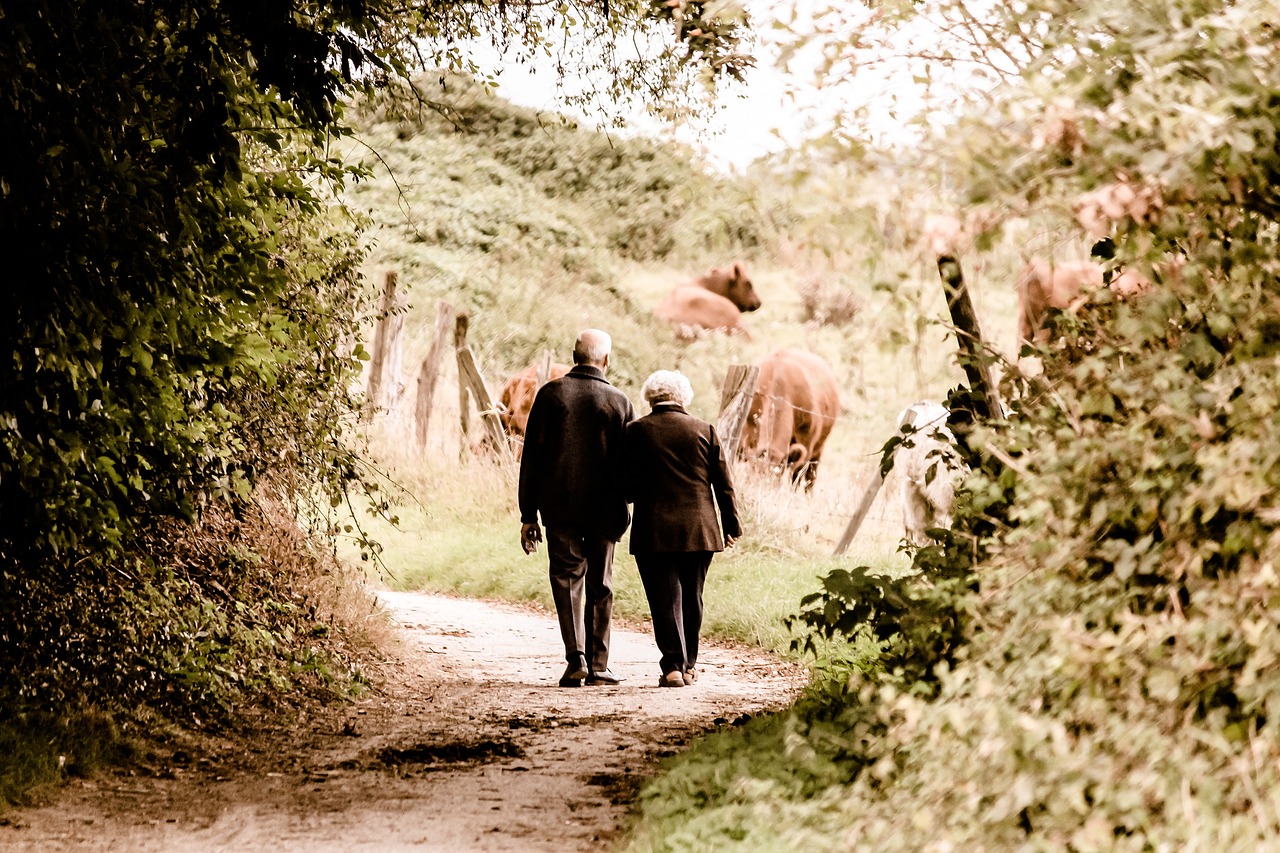
Local Support Groups
Joining can be a game-changer for elderly individuals seeking both safety and companionship. These groups serve as a lifeline, offering not just emotional support but also practical resources that can significantly enhance the quality of life for seniors. Imagine having a community of people who understand your struggles, share similar experiences, and can provide advice or assistance when you need it most. It’s like having a second family!
Local support groups often focus on various aspects of senior living, including health, safety, and social interaction. They provide a platform for elderly individuals to connect with others, share their stories, and learn from one another. This social interaction is crucial, as it combats feelings of isolation and loneliness, which are common among seniors. Many groups also organize events, workshops, and activities that promote both physical and mental well-being.
Here are some key benefits of participating in local support groups:
- Access to Information: Members often share valuable information about local resources, safety tips, and health care options.
- Emotional Support: Connecting with peers who understand your challenges can provide immense emotional relief.
- Increased Safety Awareness: Many groups focus on safety education, helping members recognize potential hazards in their homes and communities.
- Community Engagement: Being part of a group encourages seniors to engage with their communities, which can lead to new friendships and opportunities.
To find local support groups, seniors can check with community centers, libraries, or health care providers. Many organizations also have online directories that list available groups based on interests and needs. It’s important to choose a group that resonates with you, as this will enhance your experience and ensure that you feel comfortable sharing and participating.
In conclusion, local support groups are not just about safety; they are about building a community that fosters connection, support, and empowerment. For elderly individuals, these groups can provide the tools and resources necessary to navigate the challenges of aging while ensuring a safer, more fulfilling life at home.
Q: How do I find a local support group?
A: You can search online for local community centers, health care providers, or social services that may offer information about support groups in your area. Additionally, libraries often have resources or bulletin boards with local group listings.
Q: Are there any costs associated with joining a support group?
A: Many support groups are free, while some may have a nominal fee to cover materials or activities. It's best to inquire directly with the group for specific details.
Q: What should I expect when attending a support group for the first time?
A: Expect a welcoming environment where you can share your experiences and listen to others. There will likely be a facilitator to guide the discussion and ensure everyone has a chance to participate.
Q: Can I bring a family member or friend with me?
A: Absolutely! Many groups encourage bringing family or friends, as it can help you feel more comfortable and supported.
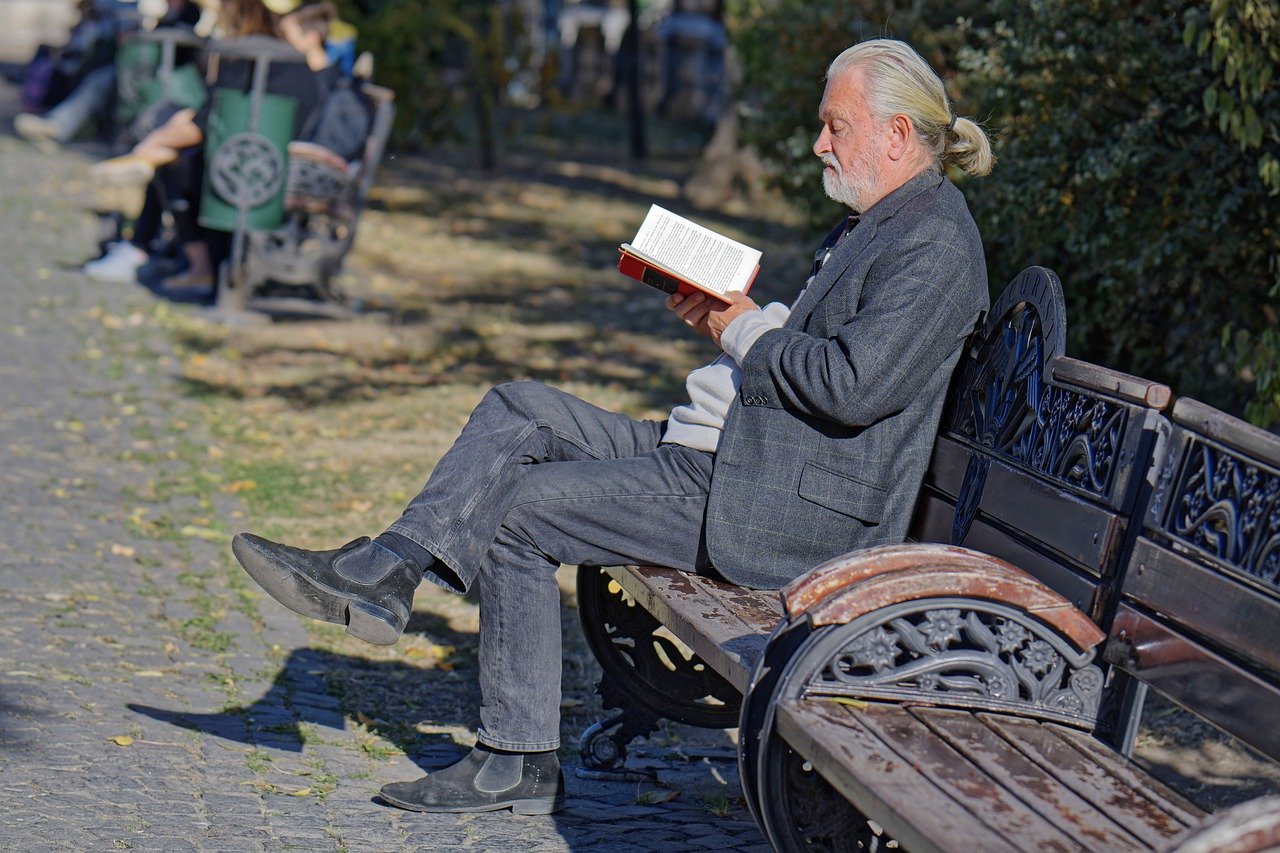
Home Safety Assessments
When it comes to ensuring the safety of elderly individuals at home, are an essential step that should not be overlooked. These assessments are designed to identify potential hazards that could lead to accidents or injuries, providing a comprehensive evaluation of the living environment. Imagine navigating through a home filled with hidden dangers—loose carpets, poor lighting, and cluttered pathways. A home safety assessment acts like a flashlight, illuminating these risks and helping to create a safer space.
Typically, home safety assessments can be conducted by professionals trained in identifying risks specific to the elderly. However, family members can also take the initiative to perform a basic assessment by walking through the home and observing potential hazards. Here are some key areas to focus on:
- Entryways and Hallways: Ensure that these areas are clear of obstacles and well-lit to prevent trips and falls.
- Kitchen: Check for sharp objects, and ensure that frequently used items are within easy reach to avoid stretching or bending.
- Bathroom: Look for slippery surfaces and consider adding grab bars and non-slip mats.
- Living Areas: Ensure that furniture is arranged to allow easy movement and that there are no cords or rugs that could cause tripping.
After identifying these risks, it’s crucial to take action. This might involve making necessary modifications, such as installing grab bars in the bathroom or improving lighting in hallways. Moreover, it's important to regularly reassess the home environment, as changes in mobility or health can introduce new risks. Regular evaluations can help in adapting the home to the elder's evolving needs, ensuring that safety remains a top priority.
For those who prefer a more formal approach, many communities offer professional home safety assessment services. These experts can provide a detailed report and recommendations tailored to the specific needs of the elderly resident. By investing in a professional assessment, families can have peace of mind knowing that they are taking proactive steps to safeguard their loved ones.
In conclusion, home safety assessments are not just a one-time task; they are an ongoing commitment to creating a secure living environment for the elderly. By recognizing potential hazards and making necessary adjustments, we can significantly reduce the risk of accidents and enhance the quality of life for our senior loved ones.
Q1: What is a home safety assessment?
A home safety assessment is a thorough evaluation of a living space to identify potential hazards that could lead to accidents or injuries, particularly for elderly residents.
Q2: Who can conduct a home safety assessment?
Home safety assessments can be performed by trained professionals or family members who are aware of the specific risks faced by elderly individuals.
Q3: How often should home safety assessments be conducted?
It is recommended to conduct home safety assessments at least once a year or whenever there is a significant change in the elderly person's health or mobility.
Q4: What should I do if I find hazards during an assessment?
If hazards are identified, take immediate action to rectify them. This may include making modifications to the home or consulting with professionals for further assistance.
Frequently Asked Questions
- What are the most common risks for elderly individuals at home?
Common risks include falls due to slippery surfaces, clutter, poor lighting, and inadequate support in areas like bathrooms and stairs. Recognizing these hazards is the first step in ensuring a safer living environment.
- How can I prevent falls in my home?
To prevent falls, consider making home modifications such as installing grab bars in bathrooms, ensuring proper lighting throughout the house, and removing tripping hazards like loose rugs or electrical cords. Simple changes can make a big difference!
- What types of assistive devices are available for seniors?
There are various assistive devices, including walkers, canes, and medical alert systems. These tools help promote independence while ensuring safety, allowing seniors to navigate their homes with confidence.
- What should be included in an emergency plan for seniors?
An effective emergency plan should include important contact information, evacuation routes, and a list of essential items to have on hand, such as medications and emergency supplies. It’s crucial to have this plan accessible and discussed with family members.
- How can community resources assist elderly individuals?
Community resources can provide valuable support through local services, support groups, and programs tailored to the needs of seniors. These resources often focus on safety, health, and social interaction, helping seniors maintain a secure and connected lifestyle.
- What is a home safety assessment, and why is it important?
A home safety assessment is a professional evaluation that identifies potential hazards in a senior’s living space. Regular assessments are crucial for ongoing safety, as they help uncover risks that may change over time, ensuring the home remains a safe haven.

